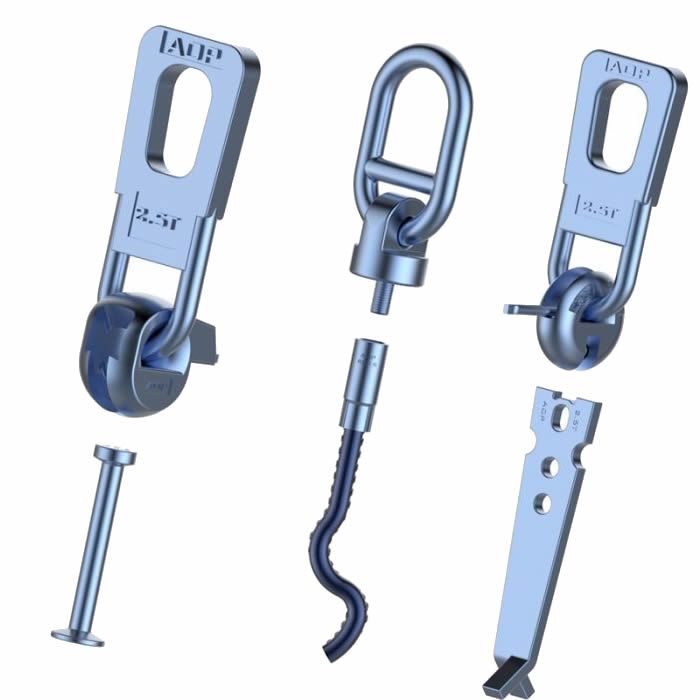In the spirit of being responsible for engineering quality, our company has put forward higher requirements for concrete production in this stage and developed a comprehensive winter construction technology plan: during the winter concrete construction process, our company uses antifreeze and water reducing agents, reduces water cement ratio and other methods to prepare concrete, and increases efforts in raw materials, production process, quality control and other processes to ensure that the quality risks of concrete production, transportation, pouring and other links are minimized.
While our company takes technical measures for winter construction of concrete, the pouring, curing, and maintenance of concrete will also have a direct impact on the quality of concrete structures.
In order to prevent quality accidents to the greatest extent possible, the relevant matters are introduced below in order to achieve good results and help you create excellent projects.
Shuttering Magnet
.
